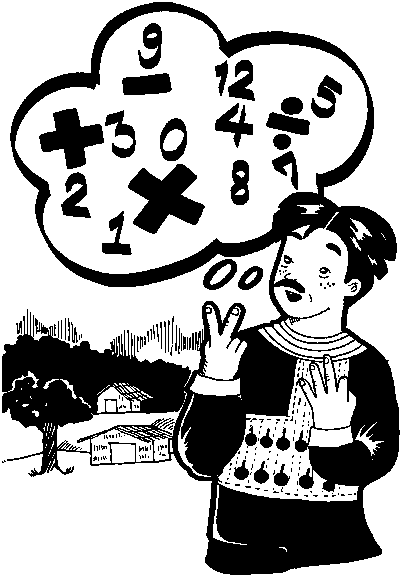
Business planning is thinking ahead, preparing for doing business or sales in the future - over the next month, year, or 5 years. It depends on whether you plan for the short or long term.
Preparation. To prepare for future business, you must think of everything associated with the business you are proposing. For example; Marketing. What period has the highest sales? The New Year period. Therefore October and November is the months of production, so that the product is available for December. Labour. In the period are there people available for labour or not? Have they got to do work elsewhere or not? Is it rice harvest time? How many people are available? How many people have experience? If production can be increased, how many more people can be trained? Materials. Are the raw materials available? Are they ready to be used or not? For example, seeds for embroidery may be available all year round, however they must be dried properly so that they are free from fungus. This preparation takes about one month. Capitalising. How much money is required? What are the costs involved? For example equipment and labour. Other costs. Such as the cost of packaging, cost of bags, boxes, transport and cost of sending.
Analysing the strengths and weakness is consulting about the business by looking at it in different ways
What are the strengths or highlights? They can become the selling point for advertising.
What are the weaknesses or lowlights? These can be prevented or the problem solved.
Are there any opportunities that can help to strengthen the business? You can use the opportunity to benefit the business
What are the threats? Reduce or stop the threats. Sometimes it is possible to change the threat into an opportunity. For example, handicrafts can only produce in small numbers as they are made by hand. This could be a threat. But this threat is an opportunity if we can show that this product is difficult to make, that there is only a few people who are skilled in the craft, there is only one in the world, and whoever buys it will be the owner of this unique object.
SWOT Analysis. An example of traditional weaving
|
Strengths
|
Weakness
|
|
Opportunities
|
Threats
|
